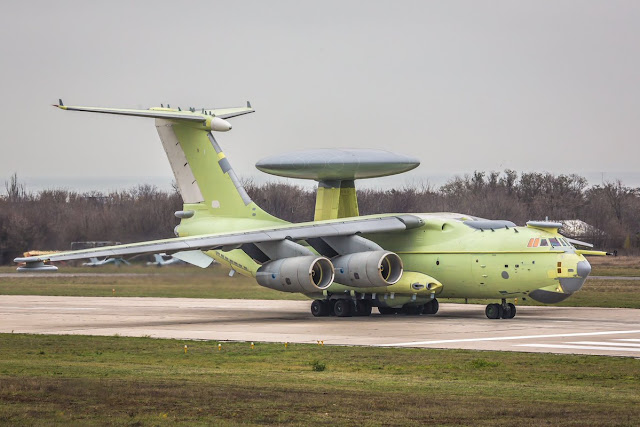The first prototype of Russia's new generation Beriev A-100 airborne warning and control system (AWACS) aircraft has completed first...
The first prototype of Russia's new generation Beriev A-100 airborne warning and control system (AWACS) aircraft has completed first flight on November 18.
The aircraft flew from Beriev's Taganrog Aviation Scientific and Technical Complex, and completed the flight without any issues.
The A-100 is based on the improved IL-78MD-90A platform, intended to replace the Soviet era A-50 and A-50U Russian Air Force AWACS fleet based on the first generation IL-76 transport plane.
The improved Il-76MD-90A first flown in 2012, is equipped with new PS-90A-76 turbofan engines that are efficient and 15% more powerful than the D-30KP used by the Il-76.
The platform also sports improved avionics system, a glass cockpit and reduced weight that improve the overall flight characteristics of the aircraft.
The A-100 is equipped a new generation Premier Active Phased Array Radar developed by the Vega Concern, housed in a rotating dome mounted on two struts above the fuselage.
The Vega Premier AESA radar have electronic steering in elevation while azimuth is controlled by the rotation of the dome. The radar has improved ability to track fast moving targets, as the rotodome now rotate once every 5 seconds.
The A-100 can detect aircraft, ships and vehicles at long ranges greater than 500 km and perform command and control of the battlespace in an air engagement by directing fighter and attack aircraft strikes.
As the performance of the A-100 is still unknown, for comparison the A-50U aircraft flying at an altitude of 9 km can detect all objects in air and ground in a radius of 500 km. It is also about 30 tons heavier than the regular IL-76 which have a max take of weight of 190 tonne.











